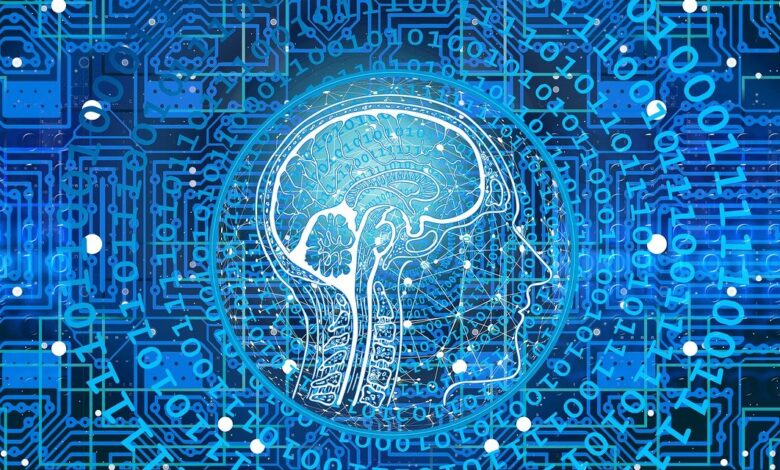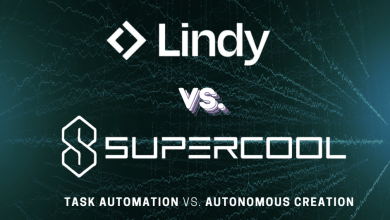
Building operations and maintenance are largely practical tasks, but with a sprinkling of data, tracked and organised by AI, combined with process automation, these tasks can become more efficient, helping save money while improving sustainability and preventing downtime, all of which enhances the customer experience. Steve McGregor, Executive Chairman for the DMA Group, looks at the right path to digital transformation, one that’s phased and considered, with cohesion between human and machine.
As a sector, the world of building maintenance has been slower on the AI uptake than some. Many in our industry still rely on spreadsheets, with disparate information collated by disparate teams, underutilising precious resources and missing the bigger picture patterns that can make a significant impact on improved operations.
The adoption of AI and data capture is expensive, however and it is not a silver bullet. Poorly implemented, any digital tool can end up being a costly mistake that only serves to confuse rather than improve operations. Too often we see businesses putting all their trust in the software, rather than creating synergy between man and machine.
Here are my top tips for getting it right:
Is the data up to scratch?
At the moment, AI is only as good as the data it’s provided with. Poor quality information from unreliable sources, will lead to misleading results. Before AI’s implementation, time and analysis must go into ensuring the data is as good as it can be, so that AI systems are properly trained and perform as intended.
AI will not streamline processes if it’s output can’t be trusted. And, while an amazing tool for very quickly spotting trends in system operations particularly those with large data sets, contextualising this information in relation to a specific part of a building or its function, may still need a human expert to interpret.
Are your existing systems ready?
Data collection and analysis within buildings is nothing new – Building Management and Computer Aided Facilities Management (CAFM) systems have been around for some time. The issue lies where companies try to shoehorn modern AI with legacy systems that cannot maximise its potential.
It is no good trying to fit a square peg in a round hole so investment in AI compatible infrastructure must be a first step for buildings with outdated BMS and CAFM tools. Where these tools are coming to the end of their useful life, whether AI is planned for now or later down the line, make sure any upgrades are compatible with future-proof technology.
Have you thought about all of the costs?
The cost of implementing AI is not just about the technology itself. You also need to consider the other investments that might need to be made – data collection and updating legacy systems as already mentioned, plus staff training or bringing in specialist skills to maximise the potential. And let’s be clear, there isn’t currently a single ‘plug and play’ proprietary AI solution available for the maintenance sector.
When choosing software, consider providers that offer more than just the technology. Team engagement and implementation are key, so training and support really is crucial to making an investment pay. These tools have the potential to completely transform a business for the better, as long as they are implemented supported by an expert hand. AI powered building management solutions are not ‘fit and forget’ products.
Have you considered a phased approach?
Think big, act small, fail fast! The very nature of AI is that it is constantly evolving; it learns and you learn too. With that in mind, I recommend a phased approach to adoption, starting with one part of a building say, or a particular service function or asset – so you can see what works, and what doesn’t. This approach prevents wasted investment on a grand scale.
Don’t forget the human touch!
AI should not be implemented at the cost of human connection or under expectation it dispenses with it, because this is a very important part of running any business. And, where customers are concerned, the personal touch cannot be under-estimated or replaced completely. Process automation tools are great for background tasks, like scheduling or predictive maintenance, freeing up time to be more ‘human’.
Box out:
Top AI functions that can support better building management
- Machine learning and predictive analysis: interpreting data from sensors and real-time inputs
- Drone technology: Mapping sites to identify areas of repair and providing estimated costs.
- Computer vision algorithms: analysis of visual data to determine occupancy data and security of the building.
- Generative AI: Exploring options for design and proactive customer service.
- Energy management: Analysing historical energy to predict the optimal energy consumption.
- Decision engines: Using prescriptive analytics to make data-driven decisions.
- Workforce & supply chain management: Organising teams based on qualifications, skills and experience, ensuring right first time works.



